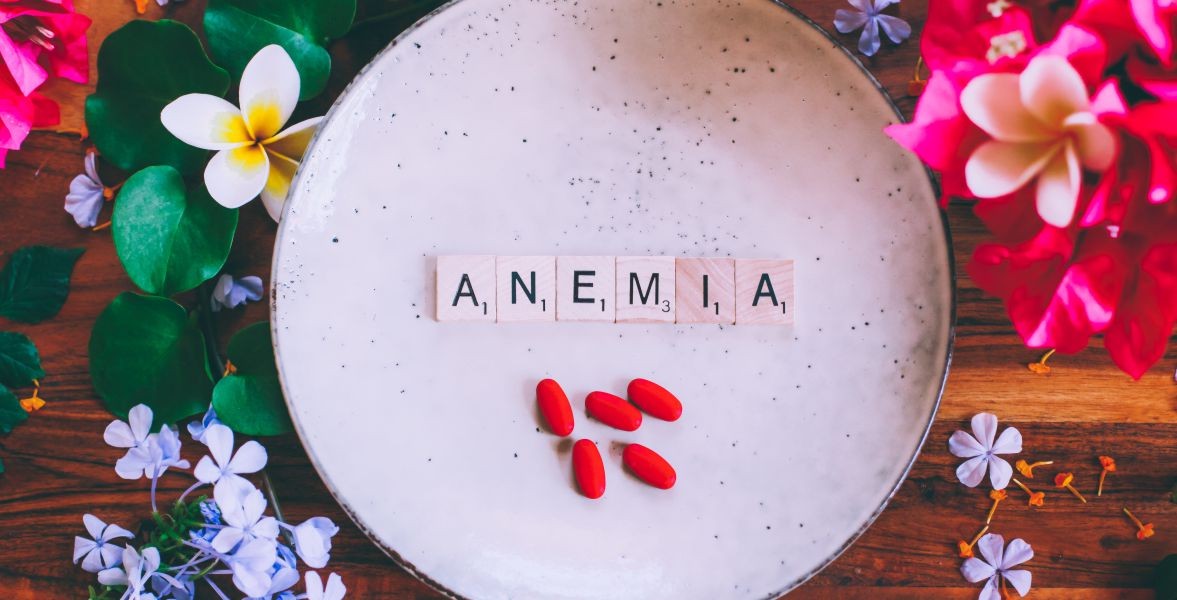Inspirational journeys
Follow the stories of academics and their research expeditions
What is ANEMIA? Symptoms, Causes

Anemia affects more than two billion people around the world,
accounting for more than 30% of the global population. Anemia is more common in
women, young children, and people with chronic illnesses. Important things to
remember are:
o
Certain types of anemia are passed
down through your genes, and infants may be born with it.
o
Women are more likely to develop
iron deficiency anemia as a result of blood loss during their periods and
higher blood supply demands during pregnancy.
o Older adults are more likely to develop anemia as a result of kidney disease or other chronic medical conditions.
Causes of Anemia
Anemia occurs when your body's organs are deprived of oxygen
due to a lack of healthy red blood cells. Hemoglobin is required to transport
oxygen, and if you have too few or abnormal red blood cells, or not enough
hemoglobin, your blood's capacity to transport oxygen to the body's tissues
will be reduced.
The most common causes of anemia are:
Nutritional deficiencies
o
Iron deficiency [The most common
type of anemia is iron-deficiency anemia]
o
Deficiencies in folate, vitamins
B12, and A
o
Hemoglobinopathies
Infectious diseases also contribute to being the common cause
o
Malaria
o
Tuberculosis
o
HIV
o Parasitic infections
Signs and symptoms of Anemia
It is seen that an anemic person is prone to catching a cold,
as well as feeling tired or weak, which is not uncommon. Other signs of an iron
deficiency include brittle or spoon-shaped nails, as well as possible hair
loss.
Anemia symptoms are often so subtle that they go unnoticed.
Symptoms of anemia differ depending on the cause:
o
Dizziness, lightheadedness, or the
feeling of passing out
o
Fast or irregular heartbeat
o
Headache
o
Pain within the bones, chest, belly,
and joints
o
Growth problems in children and
teenagers
o
Tiredness or weakness
o
Shortness of breath
o
Pale or yellow skin
o Cold hands and feet
Management of Anemia
Anemia, if left untreated, can lead to a variety of health
issues, including extreme fatigue, pregnancy complications, heart problems, and
death. Some types of anemia are unavoidable, such as inherited anemia. However,
eating a healthy diet can help prevent anemia caused by iron deficiency,
vitamin B12 deficiency, and vitamin B9 deficiency. This includes eating a diet
rich in foods rich in iron and these vitamins, as well as vitamin C-rich foods
to aid absorption. Make sure you're getting enough water. This has been shown
in some studies to help maintain hemoglobin levels.
Anemia caused by iron deficiency and vitamin deficiency can
be prevented by eating a diet rich in essential nutrients, such as:
o
Iron is found in a variety of foods,
including beef and other meats, beans, lentils, iron-fortified cereals, dark
green leafy vegetables, and dried fruit.
o
Folate is found in fruits and fruit
juices, dark green leafy vegetables, green peas, kidney beans, peanuts, and
enriched grain products like bread, cereal, pasta, and rice.
o
Vitamin B-12: Meat, dairy products,
fortified cereals, and soy products are all high in vitamin B-12.
o
Vitamin C: Citrus fruits and juices,
peppers, broccoli, tomatoes, melons, and strawberries are all high in ascorbic
acid. These aid in the absorption of iron.
0 Comments
Categories
Recent posts
IQAI: Transforming Healthcare - One Success Story at a Time
Wed, 20 Sep 2023





Leave a comment